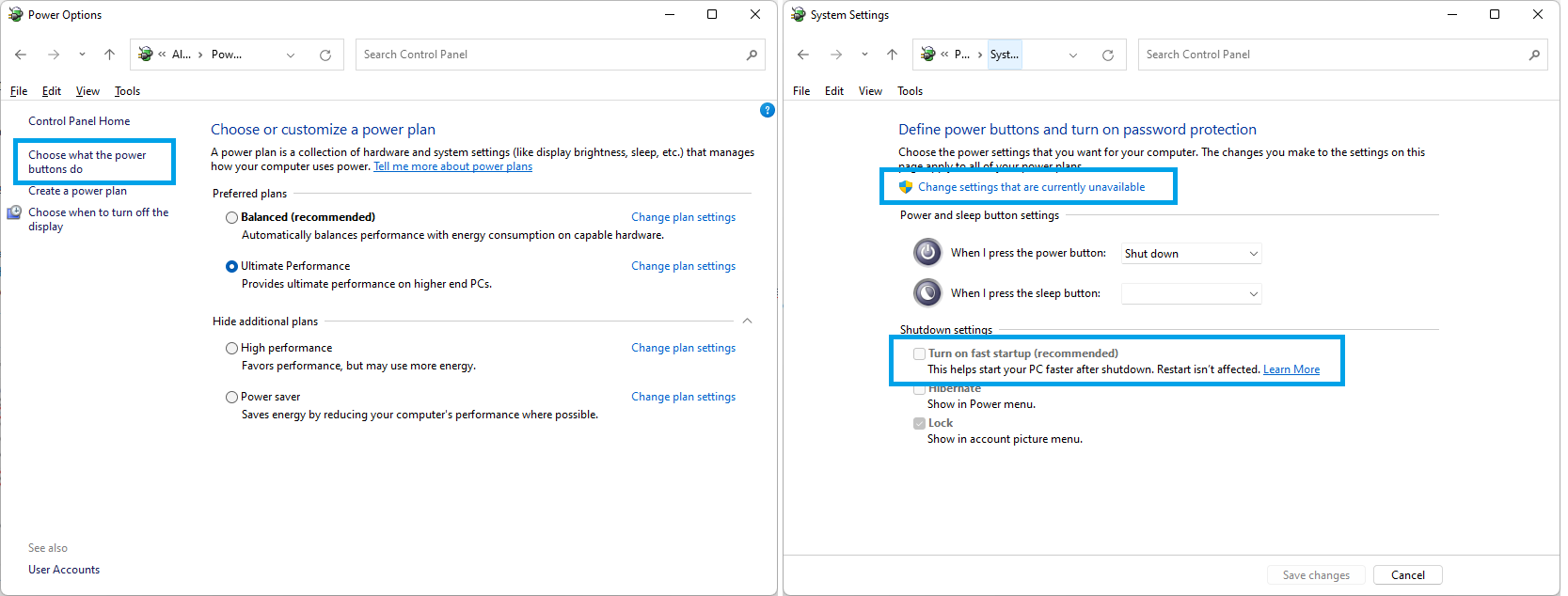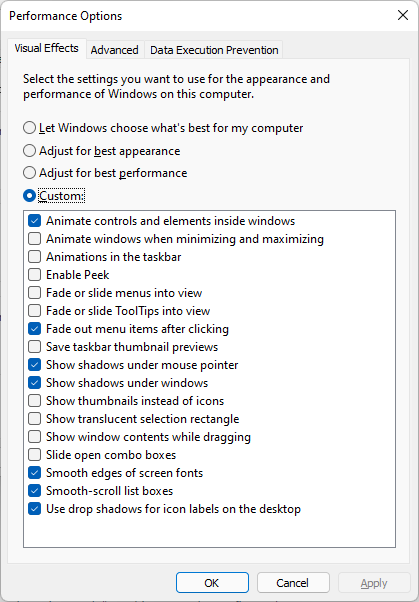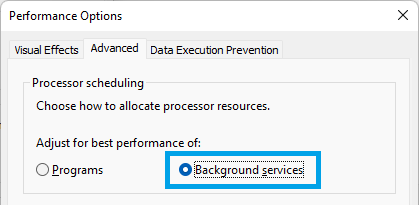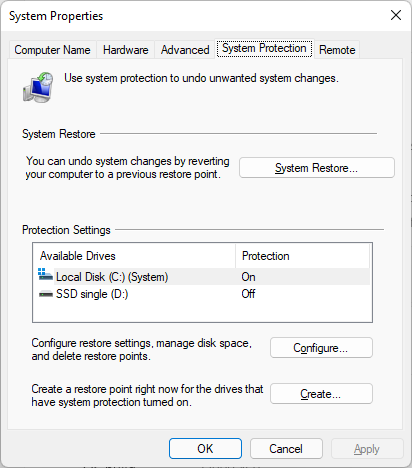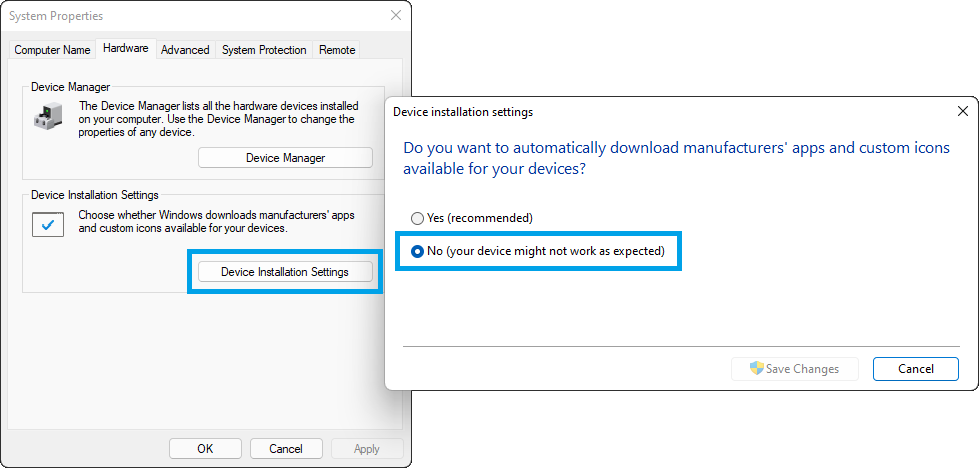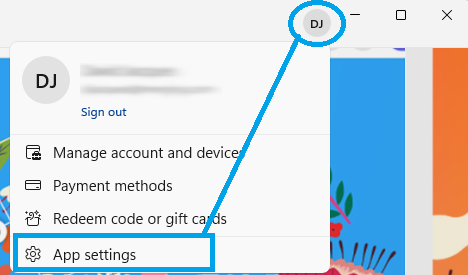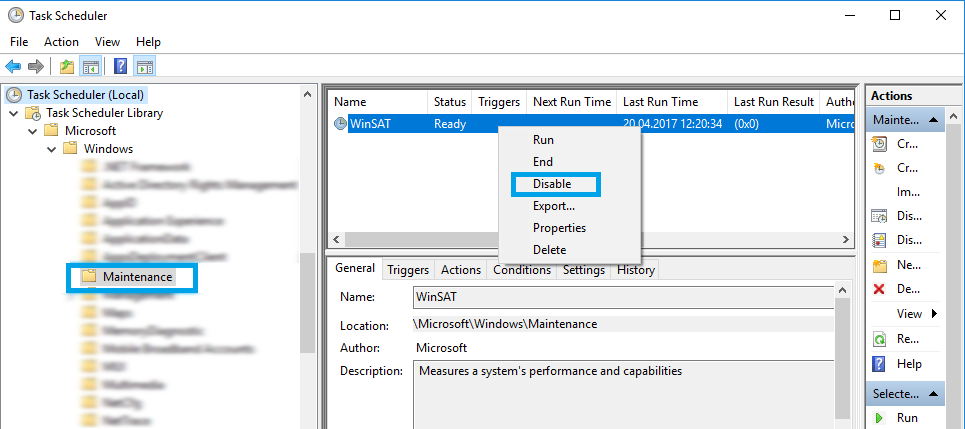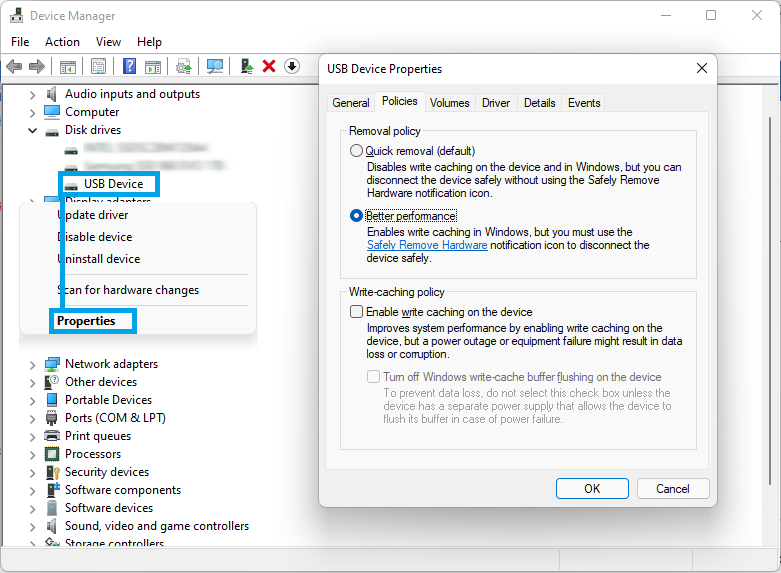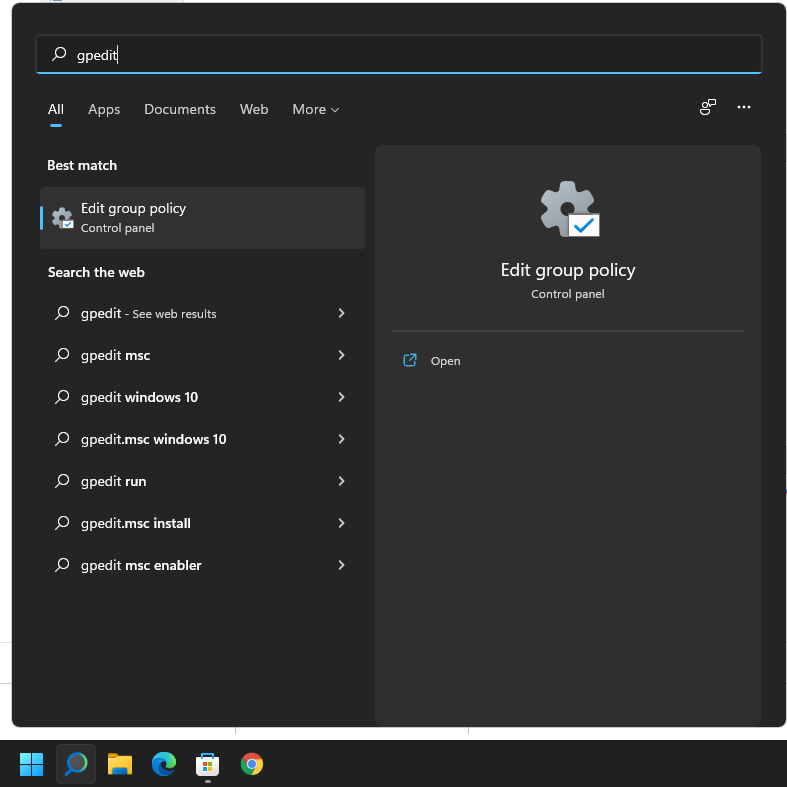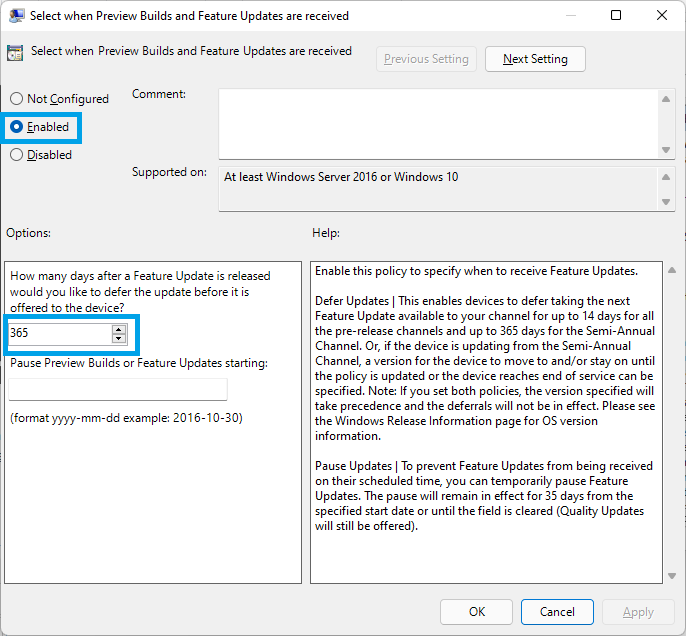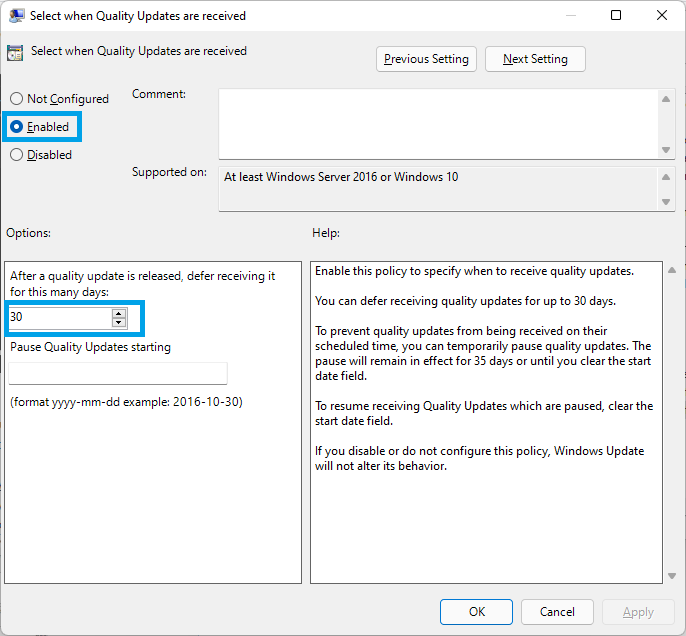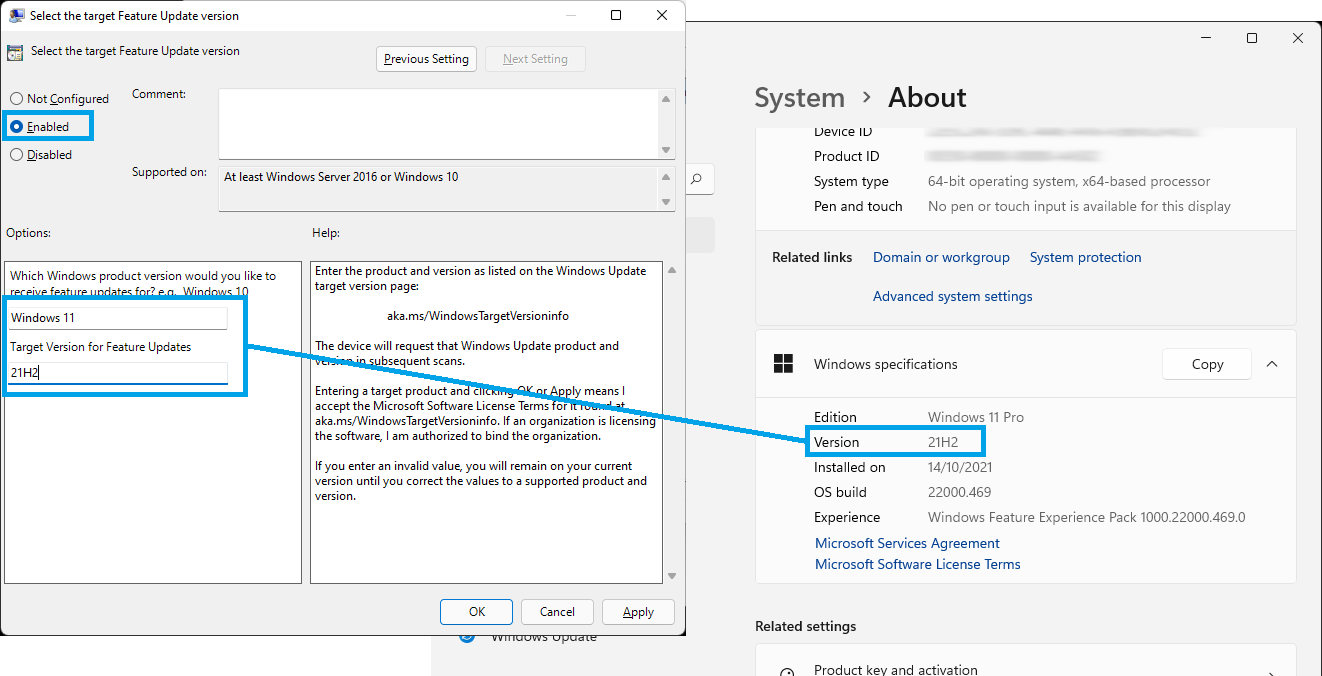Windows 11 Configuration.
Windows has been designed for a wide variety of applications. Unfortunately that means that, out-of-the-box, it works correctly for office or entertainment applications, but for DAW applications, several settings and features have to be fine-tuned.
MassCore is compatible with Windows 11 22H2 / 23H2 since Pyramix 14.1 / Ovation 10.1
Windows 11 24H2 is currently not compatible with MassCore
Upgrade from Windows 10
Upgrading to Windows 11 from Windows 10 is much more dangerous than installing a clean Windows 11.
Please perform of backup of your system and datas before such upgrade.
After the update to Windows 11, you only have 10 days to roll back to Windows 10.
Windows 11 has some specific configuration requirements, which are beyond the scope of this guide.
Please consult the Microsoft Windows 11 specifications and requirements page
Windows Editions : Pro or Enterprise (Home editions not tested)
This guide applies to Windows 11 versions :
Windows 11 21H2 : Pyramix 14 / Ovation 10 / VCube 10 / AMR 14 / MAD 2.1 required
- Windows 11 22H2 : Pyramix 14 / Ovation 10 / VCube 10 / AMR 14 / MAD 2.2 required
- Windows 11 23H2 : Pyramix 14 / Ovation 10 / VCube 10 / AMR 14 / MAD 2.2 required
Merging highly recommends you "defer feature updates" in Windows 11, see Updates section below.
1.BIOS
Purpose of this section is to achieve a stable and steady CPU speed, which is crucial for real-time DAW operations.
If you can access your computer BIOS, it is recommended to disable all power management features of your CPU, as this implies changes in the CPU speed and that is far from optimal for any audio application.
Same applies to overclocking.
Please have a look at your motherboard manual to locate those settings, may vary depending of the manufacturer.
Intel Turbo Boost Technology: Disabled
CPU Enhanced Halt (C1E): Disabled
C-State Support (C3, C6, C7, C8 State): all Disabled
CPU EIST Function: Disabled (also called Intel Enhanced SpeedStep, that should always be disabled)
CPU power saving mode: Disabled
Note: Laptops usually have very few BIOS options to prevent CPU power management issues. Please see if you can configure Windows Power Options (see below)
2.WINDOWS CONFIGURATION
- Microsoft account :
A Microsoft account is not mandatory to install Windows 11. During the installation, Windows will ask you How would you like to setup this device.
Select Setup for Personal use, then click Next.
On the Add Microsoft Account page, select Sign-in options, then Offline account option.
You can then click on Skip for now, and create a local user account.
If this option is not available, please follow the instructions on this page - During Windows installation, Windows will ask you to configure your privacy settings ; Merging recommends you turn off all options ( Diagnostic Data to Microsoft can be set to "Basic".)
You should also skip the User Experience, OneDrive and Office Trial.
Note on drag & drop and Run as Administrator in Windows 11.
In Windows 11, when you run a program by forcing it in “administrator mode” / “Run as administrator”, drag & drop to and from this application will be disabled.
Note on Efficiency mode (Task Manager) in Windows 11.
Since Windows 11 22H2, in the Task Manager Processes or Details tab, you may activate an Efficiency mode by right clicking on a process.
This option should never be activated on any Merging Technologies related process.
A leaf icon will show up next to the processes with Efficiency mode active.
DEVICE DRIVERS INSTALLATION
Merging recommends to install WHQL (Driver certified by Microsoft) or if not available, the latest drivers from the manufacturer website.
The drivers provided by the manufacturers on removable medias (CDs) in the motherboard / graphic card package are usually outdated, please visit the manufacturers website for the latest drivers.
Install the drivers ONLY, do not install the utilities, as it can cause much trouble and degrade performances.
Do not install Intel® Control Center that is included in Intel® Rapid Storage Technology installer or Intel® Management Engine installer.
Graphic Card Drivers
Please install your graphic card driver.
It is mandatory to configure the driver according to the Merging Graphic Cards recommended settings page.
Not properly configured drivers may trigger glitches and drops !
WINDOWS CONTROL PANEL
To access Windows 11 Control Panel, please type "control panel" in Windows Search box (next to Start button)
You can right click on the control panel icon from the search result and pin it to the Start menu or Taskbar.
For ease of use, it is recommended to set the Control Panel to Small Icons.
BitLocker Drive Encryption
- BitLocker Drive Encryption may seriously degrade drive performances.
Please make sure that BitLocker is off for the System and Media drives.
- BitLocker Drive Encryption may seriously degrade drive performances.
Device Manager
- Ports (COM & LPT)
If you use 9pin-RS422 connection:
Communication Port (COM x) > Properties
Ports Settings tab > Advanced > set both Receive and Transmit buffer to Low (4) - Universal Serial Bus controllers
Check each USB Root Hub / Host controller and disable power management if any, by right clicking on it and accessing its properties.(Power Management tab) - Network Adapters
AES67/RAVENNA ASIO users must configure the network adapter used for Audio-Over-IP
Right click on your network adapter and access its properties to disable the power management features:
Disable Energy Efficient Ethernet, Green Ethernet, Ultra Low Power mode, System Idle Power Saver and all Power Saver / Power management features (feature names depends of the manufacturer).
AES67/RAVENNA ASIO users have to set WOL & Shutdown Link Speed to Not Speed Down (or Reduce Speed on Power Down to Disabled)
For better performance, AES67/RAVENNA ASIO users should use a dedicated network adapter for Audio-Over-IP.
Find more details on this page.
Please also follow the Native recommendations from this page.
- Ports (COM & LPT)
File Explorer Options
View tab :
Hidden files and folders : set it to Show hidden files, folders or drives
Hide empty drives : disable
Hide extensions for known file types : disable
Leave Hide protected operating system files (recommended) active
Power Options
- First, please disable the "Fast Startup feature", which indeed put the computer to sleep when you select shut down.
Click on "Choose what the power buttons do” on the left hand side of Power options page.
Then click on "Change Settings that are currently unavailable" and uncheck the "Turn on fast startup" option. Click on Save Changes. Note also that hibernate / sleep is not supported. In the main Power options page :
Set the power scheme to High Performance or Ultimate Performance.
If those power schemes are not displayed, click on Show additional plans.- Now that the power scheme is selected, please click on Change plan settings - Change advanced power settings, and apply the following settings:
Screen Saver (Turn off the display) is usually set to Never. If you are recording, you surely don’t want the display to turn off after several minutes!
Put the computer to sleep must be set to Never
Access Change advanced power settings and make sure that:
Hard Disk > Turn off Hard disk after: Never
Desktop background settings > Slide show: Paused
Sleep > Sleep after: Never / Allow hybrid sleep: off / Hibernate after: Never / Allow wake timers: Disable.
USB Settings > USB selective suspend setting: Disabled
PCI Express > Link State Power Management: Off
Processor power management > System Cooling policy : Active
Minimum and Maximum processor state: 100%
If those power schemes are not displayed, click on Show additional plans. - Laptop users may not have access to such power plan settings.
If you have access to the Minimum and Maximum processor state, please set it to 100 %. If the laptop is overheating in such case, reduce both values ( usually 85-90% are sufficient in such case).
If you don't have access to any parameter, please contact your laptop manufacturer.
- First, please disable the "Fast Startup feature", which indeed put the computer to sleep when you select shut down.
Sound
If your ASIO device is also used by Windows to play its sounds, the Windows sound notifications might be disturbing.
In that case it is recommended to access the Sounds tab and set the Sound Scheme to No Sounds.
You may also disable the notifications sound in Windows Settings > System > Notifications. Click on Notifications, then untick "Allow notifications to play sound".
User Accounts - Disable Windows User Account Control (UAC)
User Accounts > Change User Account Control settings > set it to Never notify. > OK.
Windows Defender Firewall
By default, Merging applications are authorized to communicate through the Windows Firewall.
In case of issue, RAVENNA/AES67 Users can disable the Windows Firewall.
If you use a third party firewall, authorize the required applications or disable the firewall on your RAVENNA network.
In such case, you may refer to the following page to configure your third party firewall and antivirus.
WINDOWS SETTINGS
Settings page can be accessed through Windows Start > Settings icon
System
Display > Graphics
- Change default graphics settings. Merging recommends to enable the Hardware accelerated GPU Scheduling feature if available on your system (depends on the graphic card capabilities - graphic card driver must be installed).
- Custom Options for Apps. Graphic Power Management features can be set per applications.
Select "Desktop App" and browse to C:/Program Files/Merging Technologies.
Add Pyramix.exe - Ovation.exe - VCube.exe - Aneman.exe depending on your configuration.
Then select the application(s) and click on Options, set the graphics preference to High Performance.
If you use Microsoft Edge, please also set it to High Performance.
If you use Google Chrome, browse to C:\Program Files\Google\Chrome\Application, and set it to High Performance.
This setting is important, especially for laptops with dual graphic cards.
Notifications
You can configure which applications can send notifications.
Merging recommends to disable the “Offer suggestions on how I can setup my device" and "Get tips and suggestions when I use Windows"
Power
- Desktop Computers : Nothing to configure, it has been done already in the Windows Control Panel > Power options.
- Laptop Computers : the Battery Saver feature can seriously limit the system performance.
Merging recommends you disable the Battery Saver during recordings and critical real time operations.
Go in Power & Battery, and set the Battery saver to Off.
You may still set the Battery saver on if your battery falls below a specified %, activate the “Turn battery saver on automatically if my battery falls below” and set a value (Merging recommends 10 %).
Multitasking
Merging recommends to set all Snap options to off, especially for computers not using dedicated graphic cards.
Switching between Virtual desktops is not recommended during real time operation.
About > Advanced System Settings
Please click on Advanced System Settings under Device Specifications.
- Advanced tab
Click on the Settings button in the Performance section.
Visual Effects tab
- Advanced tab
Those settings have to be disabled to prevent system peaks:
Animate Windows when minimizing and maximizing : disable
Animations in the taskbar and Start Menu : disable
Enable Peek : disable
Fade or slide menus / ToolTips into view : disable
Save taskbar thumbnail previews : disable
Show translucent selection rectangle: disable
Show window content while dragging: disable
Slide open Combo boxes: disable
A dedicated graphic card is highly recommended for advanced display configuration, including video or Mixer window in Pyramix, Ovation or VCube.
Advanced tab
Processor Scheduling should be set to Background Services.
- System Protection tab
Back in the main System windows, switch to System Protection tab:
Make sure protection is turned on for your system drive.
Select the system drive and click on Configure.
Select Turn on system protection, and set a value for Disk Space Usage (usually 10% max).
Disable the system protection on the Media drive(s), as this feature only works on system files and programs.
- System Protection tab
- Hardware tab
Back in the main System windows, switch to Hardware tab:
Click on Device Installation Settings and select the “No, let me choose what to do" option.
This will prevent Windows update service to automatically change the system drivers.
- Hardware tab
Personalization
Windows transparency can cause issues, especially on systems with low graphic resources.
In Personalization > Colors, set Transparency effects to Off.
In TaskBar, Merging recommends you disable the Taskbar Items > Widgets, especially on systems with low graphic resources. Using Widgets during real-time operations (e.g. recording) is not recommended.
In Device Usage, Merging recommends you disable all options (to prevent Windows downloading apps without notifications).
Apps
In Apps and features, uninstall all unnecessary applications, by clicking on the 3 dots next to the application.
Some applications cannot be uninstalled (Alarms & Clock for example), uninstall button will be disabled.
Bonjour is required for Merging products, do not uninstall it.
Merging recommends you uninstall Microsoft News, Weather, Xbox & Xbox Live.
You may also remove Feedback Hub, Mail and Calendar, Microsoft To Do, Microsoft Solitaire Collection, Office (trial), Power Automate, Skype.
Computers with low CPU resources should also disable background running applications.- Default Apps
In Default Apps, select Google Chrome, and click on the Set Default button. - Startup
Please do not disable RTX64Bootcheck (RTX64 System Tray can be disabled).
Please do not disable Microsoft Edge, it can cause issues (or introduce graphic latencies) inside Windows.
Gaming
Turn off all options in Xbox Game Bar, Captures and Game Mode.
Privacy & Security
- Windows Security
Full Virus Scanning should not run at the same time as Merging software.
If you plan to install an Antivirus software, Windows Defender will be disabled (AVAST has already caused a lot of problems with several Merging programs, it is therefore not recommended.)
You should also disable scanning of the Pyramix files (pmx, pmf, pml, pad, pmw) but also media files (wav, aif, flac, mp3,...), because each time the DAW have to access such file, your antivirus may scan it.
See this page for help on configuring your antivirus exceptions.
Windows Defender users can download and run a script to include the required rules in Windows Defender.
MTWindowsDefenderExclusions.zip
Windows Defender automatic scans have to be configured in Windows Task scheduler.
Go in Windows Start menu > All apps > Windows Tools > Task Scheduler.
Browse the Task scheduler library to Microsoft > Windows > Windows Defender.
Right click on the Windows Defender Scheduled Scan task and select Properties.
in the Conditions tab, set it to Start only if the computer is idle, and Stop if the computer ceases to be idle.
Smart App Control (SAC) is a new security feature available through the Windows Security app to block untrusted or potentially dangerous applications.
This feature has not been fully tested yet. - Core Isolation / Memory Integrity should be turned off, in Windows Security > Device Security : Core Isolation.
- Windows Permissions
In General, Merging recommends you turn off "Let apps show me personalized ads by using my advertising ID" and."Show me suggested content in the Settings app".
In Diagnostic & Feedback, Merging recommends you only send the Basic diagnostic data ; Send optional diagnostic data, Improve inking and typing, Tailored experience and View diagnostic data can all be turned off.
In Activity History : "Send my activity history to Microsoft" should be turned off, to reduce the OS internet traffic.
In Searching Windows, Respect Power Settings when indexing, and Find my files - Enhanced mode should be turned Off, as both will increase CPU consumption.
- Windows Security
Windows Update
Advanced Options
Get me up to date should be turned off (to avoid automatic Windows restart after applying an update)
Notify me when a restart is required to finish updating can be activated.
Active hours will prevent Windows to restart after an update during the defined hours.
Delivery Optimization - Allow downloads from other PCs should be turned off.
Configured update policies let you see if policies have been applied. See Windows 11 update configuration below.
ADDITIONAL CONFIGURATIONS
Windows Store
Merging recommends you disable the Apps auto updates, for better performance.
Open Windows Store, and click on the profile icon on the top right corner and select App Settings.
Turn off “App updates"
OneDrive
If you use OneDrive, you should configure it to not interfere in the network traffic.
Right click on the OneDrive icon in the notification area and select Settings.
In the General section, remove "Start OneDrive Automatically when I sign to Windows".
In the Network tab, set both Upload and Download rates to Limit to : 125 KB/s (or lower).
If you don't use OneDrive, you may uninstall it in Windows Settings > Apps > Apps and features.
WinSAT
The Windows System Assessment Tool (WinSAT) is meant to calculate the system rating displayed in the System page.
If WinSAT runs during real-time operations, you can experience drop outs and CPU/Core peaks, therefore Merging recommends you disable it, or configure it to run only if the system is idle.
Go in Windows Start menu > All apps > Windows Tools > Task Scheduler.
Browse the Task scheduler library to Microsoft > Windows > Maintenance.
Right click on the WinSAT task and select Disable.
If you don't want to disable it, access its Properties, then in the Conditions tab, set it to Start only if the computer is idle, and Stop if the computer ceases to be idle.
Media Drives
- By default; Windows will index the content of all drives, which allows Windows Search to work faster.
But this indexing task takes CPU power and can result in performance issue when recording.
To disable the Windows indexing, open the File Explorer, select This PC, right click on the Media Drive(s) and select Properties: disable Allow files on this drive to have contents indexed in addition to file properties checkbox.
NEVER USE “Compress this drive to save disk space”. - External drives: access your external drive properties through Windows Device Manager > Disk drives and set it to optimize for performance.
- Format block size: if you only use audio files, the best size is 64 Kb when formatting the drive.
But if you also need to use video files, 64Kb is not the optimal size, in that case keep the Default Allocation size (128Kb).
The best way is to use separate drives for video and audio, if possible.
- By default; Windows will index the content of all drives, which allows Windows Search to work faster.
System Configuration & Startup
Many installed programs have associated background services, which uses memory and CPU power, so you should only run useful programs.
!!!Be careful, if you remove an essential program or service, Windows may not start anymore !!!
Go to Go in Windows Start menu > All apps > Windows Tools > System Configuration
- Services
Check the box Hide all Microsoft services, those are critical for Windows and should not be disabled.
Service Bonjour is critical for RAVENNA networks and Virtual Transport, do not disable it.
Do not disable your graphic card and ASIO card driver or service.
Common services that can be disabled are: printer services, Skype, QuickTime updaters ...
- Services
- Startup
Open the link to Task Manager to access the list.
Do not disable Microsoft Windows Operating System or any other critical driver – program for your system.
Common programs that can be disabled are Adobe Reader, Java updater, Skype, QuickTime...
Those programs will be still be installed and accessible, but will not be loaded during Windows startup.
Cortana should be left disabled.
- Startup
WINDOWS 11 UPDATE CONFIGURATION
As Windows 10, Windows 11 continue to install automatically updates, without asking the user.
As in previous versions, sometimes an update can go wrong, or a program do no longer work with the new update, and your computer unusable.
Please note that it will only works on Pro or Enterprise versions, not on Home editions.
Merging highly recommends you defer updates in Windows 11, as major Windows updates can make your system unusable.
This allows such updates to be further tested and approved by Microsoft, and Merging.
Updates can be configured on Pro, Educational or Enterprise editions of Windows, not on home versions!
You may also rather Pause the updates for 30 days, follow this page for detailed instructions.
Pyramix 14.0 / Ovation 10.0 / VCube 10.0 / AMR 10.0 / MAD 2.1 required for Windows 11 21H2.
Pyramix 14.0 / Ovation 10.0 / VCube 10.0 / AMR 10.0 / MAD 2.1 required for Windows 11 22H2.
MassCore Pyramix 14.1/ Ovation 10.1 required for Windows 11 22H2 / 23H2.
Windows 11 24H2 is currently not compatible with MassCore
Administrator rights are required to configure the Update policies
Configure updates using Group Policy Editor
- In Windows Search field, type GPEDIT
Click on the Edit Group Policy icon. - Browse to Computer Configuration> Administrative Templates> Windows Components> Windows Update> Windows Update offered from Windows Update.
Double click on the Select when Preview builds and Feature Updates are received.
Select Enabled.
Set the delay days to to 365 days.
Click on OK to close this window. - Double click on the Select when Quality Updates are received.
Select Enabled.
Set the delay days to 30.
Click on OK to close this window. - You can now close the Group Policy Editor window.
The computer must be restarted for such changes to apply.
Prevent Windows 11 update to new Major version
If you want to stick to a specific Windows 11 version, it is possible to prevent the upgrade to a new major version.
Such update will not be automatically downloaded and installed on your computer, but it is still possible to update manually, with Microsoft Update Assistant.
- Open the Group Policy Editor, and browse to Computer Configuration> Administrative Templates> Windows Components> Windows Update> Windows Update offered from Windows Update.
(see above) - Double click on the Select the target Feature Update version
- Select Enabled.
- Under "Which Windows Product version...", enter Windows 11.
- Under "Target Version for Feature Updates", enter the required Windows 11 version :
Open the Windows Settings > System > About to see which Windows 11 version you are currently running.
Alternatively, you may also find the different Windows 11 versions on aka.ms/WindowsTargetVersioninfo
DPC LATENCY CHECK
To handle real time application, the CPU gets a defined amount of time to perform the required tasks. If those tasks are delayed, the result is usually drop-outs in the signal.
This test is therefore really important to know if your computer can work without glitches or drop outs.
Download the LatencyMon tool, and install it on your computer.
You can start the test by clicking on the Play icon on the top left corner.
To get useful results, the tool should run for quite some time (10 minutes minimum).
The driver or process using the highest DPC or ISR is clearly stated in the main window.
If you have too high values, you can get more detailed information in the Processes or Drivers tab.
Don't pay too much attention to the hard pagefault resolution time (last indicator)
If you have higher values, you will have to search for the driver/ device that is causing the issue by disabling them one by one.
Remember that some devices cannot be disabled, proceed with caution.
Wi-Fi, Bluetooth, LAN specific (usually ndis.sys),USB devices, on-board audio, PCI / PCIe devices are the common culprits.
On laptops, the ACPI battery driver is also a common problem (ACPI.sys), you can try to disable (do not uninstall!) the "Microsoft ACPI Compliant Control Method Battery" and "Microsoft AC Adapter" listed under Batteries in Windows Device Manager (but pay attention to not disable any other ACPI device listed under System devices, your computer may not start anymore !)
Note on Wi-Fi and Bluetooth : If you have DPC issues related to Wi-Fi and/or Bluetooth, not only the driver might be the culprit, but also the stability of the Wi-Fi network (if the signal is not stable, the Wi-Fi adapter constantly have to work which will introduce DPC latencies) or the Bluetooth devices connected to your computer. Therefore this means that if Wi-Fi does not cause DPC issue in one place, it could in another place with unstable Wi-Fi. Same applies to Bluetooth, it may cause DPC issues with certain devices only.
Be careful if you want to use Wi-Fi and/or Bluetooth on your computer.

